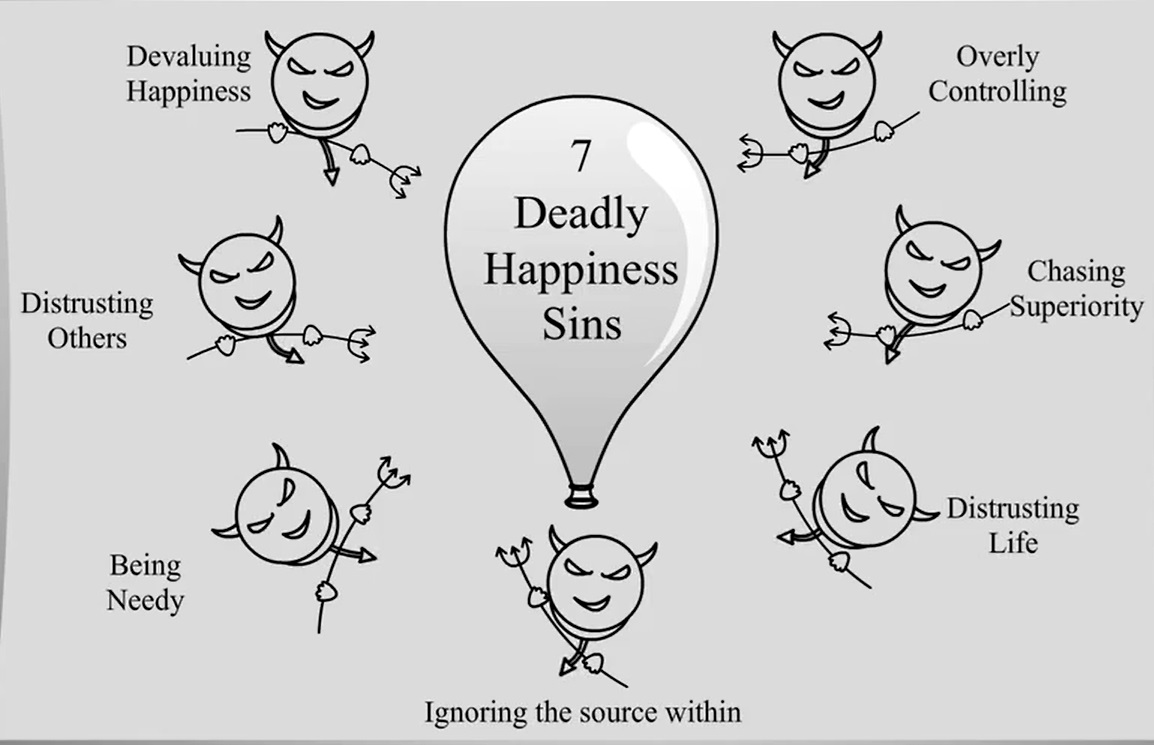“WordPress is a factory that makes webpages”[11] is a core analogy designed to clarify the functions of WordPress: it stores content and enables a user to create and publish webpages, requiring nothing beyond a domain and a hosting service.

WordPress has a web template system using a template processor. Its architecture is a front controller, routing all requests for non-static URIs to a single PHP file that parses the URI and identifies the target page. This allows support for more human-readable permalinks.[12]

Themes
WordPress users may install and switch among many different themes. Themes allow users to change the look and functionality of a WordPress website without altering the core code or site content. Custom code can be added to the website by using a child theme or through a code editor. Every WordPress website requires at least one theme to be present. Themes may be directly installed using the WordPress “Appearance” administration tool in the dashboard, or theme folders may be copied directly into the themes directory.[13] WordPress themes are generally classified into two categories: free and premium. Many free themes are listed in the WordPress theme directory (also known as the repository), and premium themes are available for purchase from marketplaces and individual WordPress developers. WordPress users may also create and develop their own custom themes and upload them in the WordPress directory or repository.[14]
